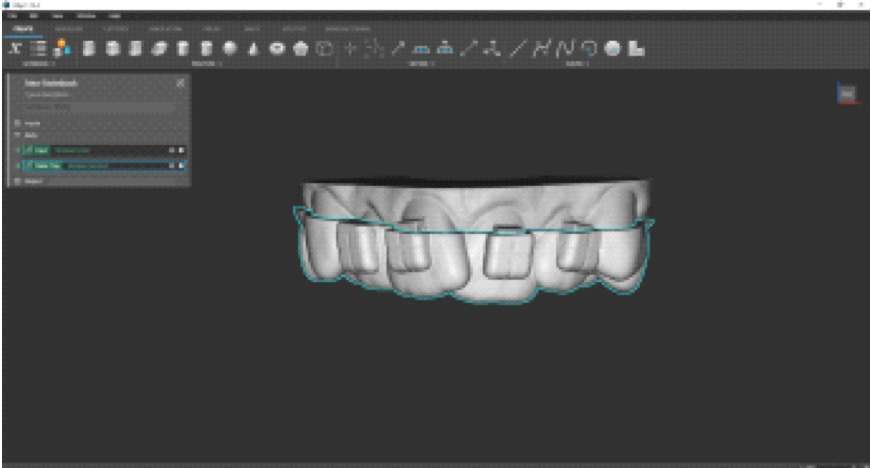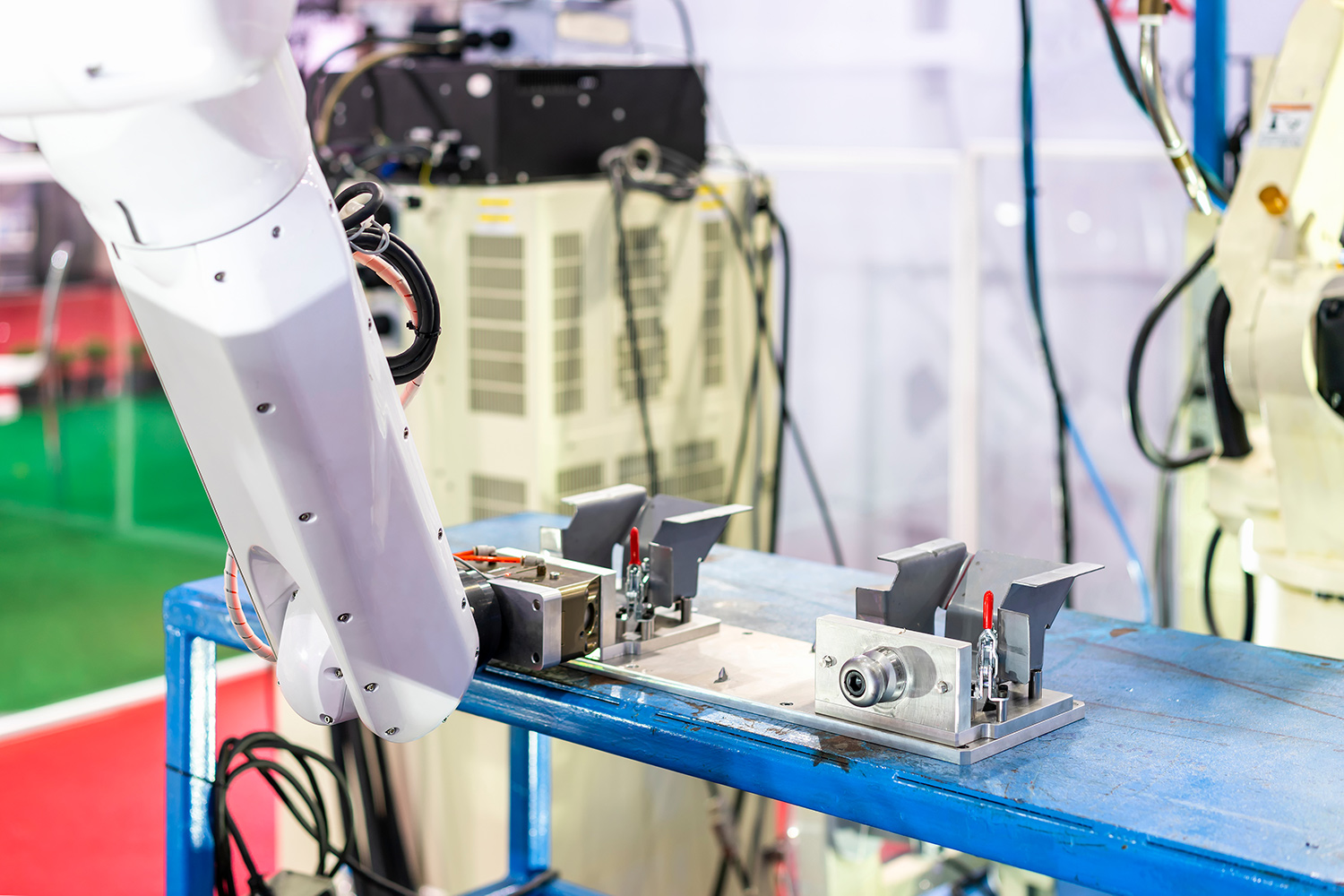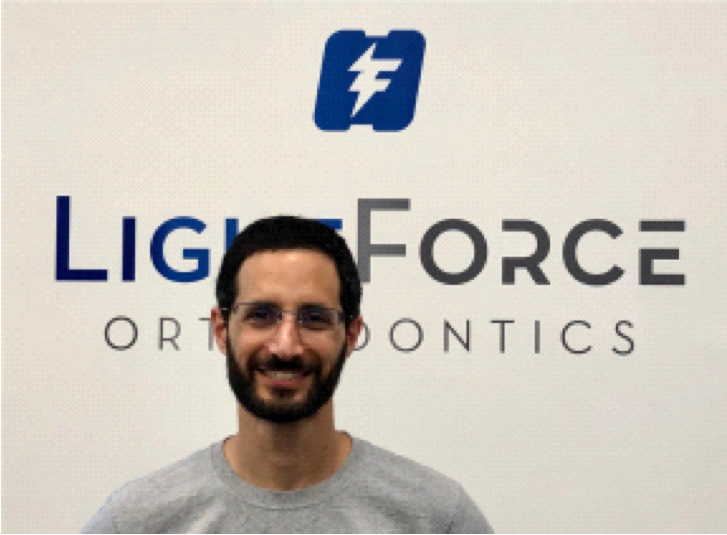Engineering software from nTopology helps manufacturers slash design time and improve the quality of jigs, fixtures, molds…and even teeth?

LightForce Orthodontics has cut design time in half using nTop Platform software to optimize the geometry of indirect bonding trays for each individual patient. Image courtesy LightForce Orthodontics
Tooling design is challenging work. In the case of jigs and fixtures, the part must be held securely enough that it won’t move during machining, but not so tightly that damage or distortion can occur. Plastic injection and casting molds need to disperse heat quickly for maximum throughput, yet evenly, lest the workpiece warp. Forging dies must withstand tremendous pressure, cutting tools require exacting geometry, while the tooling used with stamping, forming, and extrusion processes needs all this and more.
Nor are jigs and fixtures limited to the factory floor. Consider radiographic and surgical guides, orthopedic implants, or the hand tools used to install them—it goes without saying that there’s no room for error in this most mission-critical of all tooling applications.
“The models are better, we save a tremendous amount of time on the design process, and we’re able to bring new people up to speed very quickly.”
All types of tooling must be easy to set up and operate, and dependable, with some industrial tools expected to function for millions of cycles. The work requires extensive knowledge of whatever manufacturing process the tool is being designed for, as well as a good handle on mechanical engineering, metallurgy, hydraulics and possibly even thermal and fluid dynamics. Even the most skilled design engineer might be forced to develop multiple iterations of a tool or tooling assembly, each requiring extensive testing and validation before manufacturing begins. And when the next project comes along, the process begins anew, even if the subsequent workpiece is similar in size and function.

Example of jigs and fixtures in use on a factory floor
Breaking the mold
This decades-old status quo is about to become obsolete, at least if Christopher Cho and the team at nTopology have their way. Because their nTop Platform allows engineers to streamline design, analysis, and simulation within the same software system, products can be developed in a fraction of the time needed with conventional software tools. “There are tools on the market that offer all of these capabilities, but only nTop Platform unifies them in such a cohesive way that allows the user to save so much time,” he says.
The design workflows within nTop Platform are reusable. This not only benefits subsequent projects, but the current one as well if design changes are required (which they typically are). This greatly reduces engineering efforts, while nTop Platform’s implicit modeling functionality allows teams to evaluate multiple design iterations quickly. Because of this, product engineers can utilize the vast array of capabilities within nTop Platform without the hassles that are normally experienced with traditional CAD software.
“This is when the automated workflows really shine, potentially saving engineering departments hundreds of hours and providing more consistent product designs as well.”
“For example, think about a plastic injection mold,” says Cho. “In a traditional manufacturing process, the tooling engineer relies on his or her experience to place cooling channels around the mold cavity; if they misjudge, workpiece quality might suffer, or the mold may become damaged. With nTop Platform, we can simulate the thermal effects of the molding process and then generate or augment conformal-cooling channels, thus optimizing heat transfer in regions near those hotspots. The result is an optimized design—and because we can then apply that same workflow to the next mold, the engineering team becomes just as efficient as the products they are designing.”
Cho is quick to point out that nTop Platform is not limited to tooling applications. The software has been used to design and optimize 3D-printed rocket engines, drones and tennis shoes, brake pedals for Formula 1 race cars, and a host of other products for the likes of Airbus, Lockheed Martin, and the U.S. Air Force. “We are strong in the majority of industries and applications, but particularly so where there are families of parts involved,” Cho says. “This is when the automated workflows really shine, potentially saving engineering departments hundreds of hours and providing more consistent product designs as well.”
Families of parts are everywhere. nTopology has also identified numerous opportunities with medical device manufacturers, companies that wish to reduce the development efforts needed for bespoke hip implants, knee replacements, spinal components, and more. “Each one of the parts within these product families is similar in size and shape but, for the best results, is often customized to fit the specific patient,” he added. “In this instance, nTop Platform allows you to develop a single workflow that accommodates tens or even hundreds of product variants.”
Optimized orthodontics

Amos Benninga, VP of engineering at Light Force Orthodontics
An example of such customization comes from LightForce Orthodontics, where vice-president of engineering Amos Benninga says nTop Platform has helped his team cut design time in half for the indirect bonding trays used to mount dental braces.
The Cambridge, Mass. startup produces “the world’s only fully-customized, 3D-printed bracket system,” says Benninga. This works by taking an intraoral scan of the patient’s mouth and teeth, converting the resulting point cloud into a digital 3D model of the same, then using that information to 3D-print custom ceramic brackets (the small handles that hold the wire in place) and a polymer tray to precisely align them.
“The custom design part of the process now takes around three hours to complete, rather than the eight to ten it once required.”
LightForce’s braces are fully customized to tooth anatomy and allow for the most direct path from A to Z for a tooth, negating the typical process of rebonding stock braces and the orthodontist bending wire over 6-10 extra appointments. Mass-customization has a large value in orthodontics but common, “customized” clear aligners work effectively for only about 15% of patients. LightForce is applying those same digital efficiencies to the remaining 85%, who still need a wire to move their teeth. For those patients, LightForce’s braces provide a better fit, are easier to install, and straighten crooked teeth more efficiently than traditional wire methods (which are largely unchanged since the 1960s). The new methodology is this:
- Apply cement to braces that are already in the tray
- Place the tray in the mouth and light-cure the cement
- Remove the tray, leaving the braces bonded in the correct place on the teeth.
Though LightForce pioneered the ability to fully customize a bracket, the bracket must still be positioned on the tooth in the intended location. Compared to the traditional method of attaching each bracket by hand, the LightForce “indirect bonding” system means far less chair time and discomfort for patients—a reduction in the length of the bonding appointment from an hour and a half to 30 minutes in some cases. This is followed by the usual operations, such as attaching the wire and adjusting it to position the teeth on subsequent visits.
Scaling up brings design time way down
Thanks to nTop Platform, the pre-installation patient-customization part of their technology now takes “around three hours” to complete, Benninga says, rather than the eight to ten it once required. “It’s also a lot easier. Before, we were using a CAD tool that was not prescriptive and allowed freeform operations. It was difficult to keep track of the steps you still needed to do versus the ones you’d already completed, and if you made a mistake, you may have had to start over. It was also more difficult to find people able to learn the process, which, for a growing company like ours, was becoming a real obstacle.”
Benninga says nTop Platform changed all this. Thanks to its integrated workflow capabilities, he found the software very “prescriptive,” in that it outlines the various steps needed to complete tray designs in an easy to understand manner. He has also found that the models created with nTop Platform are “unbreakable.” Technicians can quickly scale, rotate, offset, and perform other standard CAD functions without worrying about the model’s geometric integrity, a refreshing change from other software packages Benninga has used. And because the platform is both intuitive and easy to use, training people is much less challenging. Says Benninga, “The models are better, we save a tremendous amount of time on the design process, and we’re able to bring new people up to speed very quickly.”
LightForce Orthodontics’ now-digital process is about to become even faster. Benninga is working with nTopology software engineers to implement a command-line interface, or CLI, that will one day serve to eliminate much of the manual work. “Our goal is to enter a series of values and have the software automatically calculate the optimal geometry,” he says. “That would allow us to bring our design and validation time from around three hours down to perhaps ten minutes, an achievement that would be a game-changer for our company.”

left to right, Dylan Winchell, Sam Vannoy, and Kelsey Fafara, Light Force LightForce Orthodontics hardware engineers
Closing the loop
What do dental braces and bonding trays have to do with jigs and fixtures? Plenty, points out nTopology’s Christopher Cho. “The tiny blocks and 3D-printed trays used to hold them are quite similar to many industrial workholding devices, albeit on a smaller scale,” he says.
Benninga agrees, seeing direct parallels between his company’s methodology and what is done every day in general manufacturing. “Jigs are tools to help you achieve what you want to achieve,” he says. “Looked at this way, our tray system is basically a jig.”
“We anticipate that we will soon be able to bring our design and validation time from three hours down to perhaps ten minutes, an achievement that would be a game-changer for our company.”
And just as LightForce has utilized nTop Platform’s integrated workflows, implicit modeling, and unbreakable CAD geometries to streamline its engineering efforts, so too can anyone machining parts or bending and welding sheet metal components use this novel design-engineering product to create more effective tooling, reduce costs and even improve part quality.
“In addition to the tremendous advantages we bring to plastic injection moldmakers, consider something as basic as a milling fixture for a workpiece with an organic or contoured shape, something that’s increasingly common given the rise of 3D-printing,” says Cho. “Because nTop Platform allows engineers to easily and efficiently work with these complex geometries, any tooling we design to grip them is going to be more conformal and more effective.
“Better workholding means better cutting-tool life, shorter cycle times, and more predictable processes, never mind the fact that tooling engineers—even those with minimal experience—can now do more work in less time. The result is that even smaller shops can use nTop Platform to realize significant productivity gains.”
